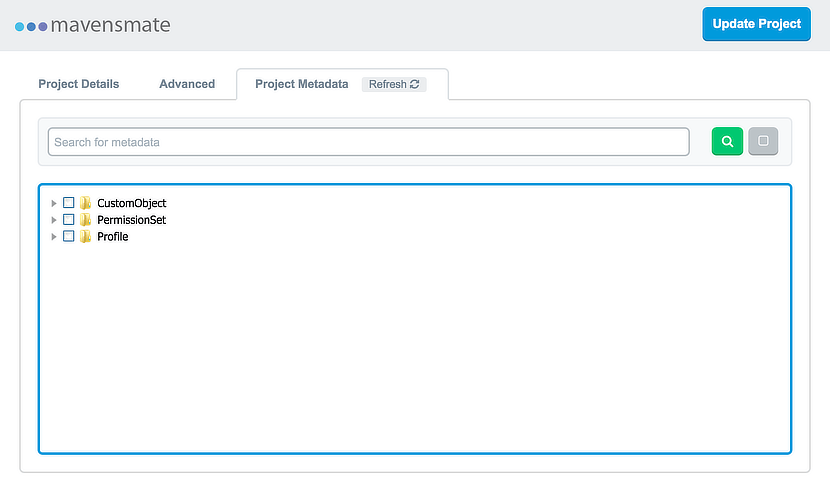
Both – to do a retrieve and deployment with a single run of pipeline.Deploy – to deploy the metadata from the repo to the target org.Retrieve – to just retrieve from you source org.This is a standard pipeline task that is created to work in the following way: (Azure Pipelines works on a virtual machine) Checkout from the repo: This task checkouts the entire repo into the virtual machine environment.These are the steps/tasks in the pipeline file. Process Diagramįrom the above diagram, one can understand how the pipeline is configured to run. You could also if your project (at work) allows, create a new repo or branch within the repo with the files from Github and set up the pipeline to do the deployments. Sign up for an Azure developer edition to try this out from you personal azure dev org. You can start by cloning this repo from my Github here. We’ll start with the assumption that you are having good experience with Salesforce ANT Migration Tool because the Azure Pipeline that we’ll build will use this migration tool at the backend. So let us get started to retrieve and deploy the metadata using ADO pipelines. Instead of ANT based deployments, sfdx can also be leveraged, but that might need different pipeline tasks to support it. You could also use Github/Bitbucket repo to link into Azure pipeline and run the deployments from there as well.


This blog uses Azure Repo to store the metadata and ANT based deployments. You can use this blog to understand how you could push your metadata in your repo into a salesforce org. In this blog, we are diving into the use of Azure Pipelines for Salesforce Developers to carry out deployment activities. Azure DevOps is a very powerful application that has a git-based repo and pipelines to automate tasks that is relevant to any IT process.


 0 kommentar(er)
0 kommentar(er)
